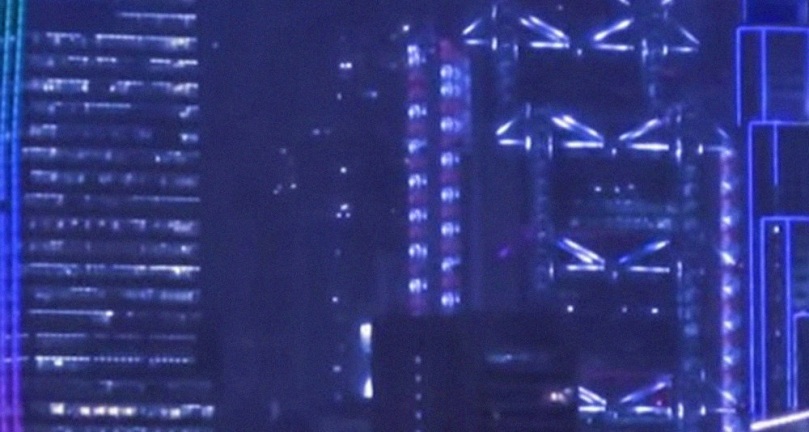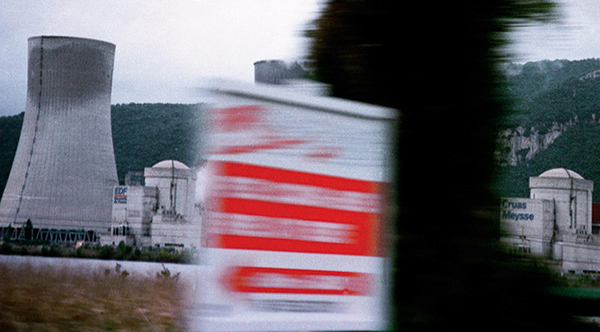
A return to form. Robert Smith, The Cure’s frontman, constructed Disintegration with a defeated acknowledgment of his band’s mainstream success. “We’re popular, so let’s make a classic,” seemed to be the thought process. Released on May 2nd 1989, Disintegration represents the culmination of a cultivated decade – the novel sounds of goth rock born from The Cure’s twangy guitar and exaltive gloomy vocals. In poetic fashion, Robert Smith was torn apart by the inevitable success of Disintegration and wound up trying to piece himself together through rampant hallucinogen and tropane alkaloid use.
The self-fulfilled tragicomedy lives on 29 years later as a seminal goth rock masterpiece worthy of a review. It’s an album with a clear beginning, middle, and end tied together by each song’s evocative instrumental prelude. These preludes average over a minute each in length and assert the album’s charm over previous Cure records with their symphonic violins, synths, and brilliant guitar riffs. The unifying theme behind these instrumentals are the poignant emotions supplanting Smith’s own vocals that burgeon into fully realized anthems after 90 seconds or so of contemplation.
Disintegration opens with the sluggish yet celebratory sounding “Plainsong”, a fitting title for an opener that the rest of the album seems to borrow from and build upon with its various soundpieces. Relaxed dark guitars picking and sliding, chimes and synths, and vocals retrieved from Robert Smith’s deepest ventricles.
“Pictures Of You”, one of three songs on the album that achieved airplay, descends upon the listener with windy chimes.
I’ve been looking so long at these pictures of you
That I almost believe that they’re real
Smith realizes that, sometimes, love is best realized within one’s head and that the honeymoon phase of internal infatuation can almost feel better than the thing itself.
Inarguably the biggest hit of the album, “Lovesong” is Robert’s wedding gift to his wife. Not a bad gift considering it’s been covered by artists like 311 and Adele. Behind the personal lyrics plays the church organ synth line (reminiscent of “Here Comes The Bride”) backed by the drums playing at 140 BPM which cement the track as a radio hit for years to come.
Next highlight and personal favorite track, “Lullaby” sports a quintessential “college” sound that is perhaps owed to its indie jangle-pop guitars, or perhaps it’s my own personal experience of “right time, right place”. What sounds like a plucked string section is fleshed out by a waltz-esque violin melody – a tight orchestral arrangement of a pop song complemented by lyrics about Spider-Man coming over for dinner.
“Fascination Street” is credited for being perhaps the only banger on the album. The aggressive bassline strikes first and induces five minutes worth of head-bobbing. Around every corner sustained chorus-effect guitars try to break through the bassline barrier but never take center stage.
Oh, I miss the kiss of treachery
Title track “Disintegration” is a memorable one. Some of the lyrics on this one are so insane that The Cure requisitioned backing vocals from a children’s choir just to make the track sound more human.
I’m crying for sympathy, crocodiles cry
For the love of the crowd
And the three cheers from everyone
Dropping through sky
Through the glass of the roof
Through the roof of your mouth
Through the mouth of your eye
Through the eye of the needle
This is the clearest glimpse into Robert Smith’s mind that we’ll ever get.
The darkest hour before dawn, “Homesick”, feels like it’s being yanked out out of Smith’s soul who sounds like he is about to puke from sadness before he can finish the album. I’d be surprised if a single Major key is played during this seven minute track between the compressed, crying guitar and movie-credits jazz piano. Just one more, Robert, Just one more track.
Which brings us to the final track, “Untitled”. This is what I imagine played for Odysseus and his crew when they returned from the Trojan War. Accordions produce a sea-faring exaltation backed by a relaxed, simple guitar riff glued together by reverberating hi hat rhythms.
For some fans, it’s the album that started it all. For certain The Cure members, it was the beginning of the end. Disintegration’s distinction lies in its instrumentation and Smith’s return to his best self; a dark and moody one. It’s an album that has endured past its gothic-era aesthetic and will continue to endure for years to come.



 The first time you listen to Selected Ambient Works 85-92 (SAW) you might feel unsettled, not by the artist’s intention but because you’ll be wondering, “Where have I heard these sounds before?”. The sounds of SAW evoke nostalgic memories of late 90’s – early 00’s video games, visions of industrial England and all the time you spent wondering what a rave inside of a drum machine might look like (the ravers in this case being sentient silica components).
The first time you listen to Selected Ambient Works 85-92 (SAW) you might feel unsettled, not by the artist’s intention but because you’ll be wondering, “Where have I heard these sounds before?”. The sounds of SAW evoke nostalgic memories of late 90’s – early 00’s video games, visions of industrial England and all the time you spent wondering what a rave inside of a drum machine might look like (the ravers in this case being sentient silica components).  Can music sound dark and childlike at the same time? Sure. Welcome to Boards of Canada’s “In A Beautiful Place Out In The Country”. Coming at us with just four tracks is this concentrated EP of bucolic textures dripping with blue wavelengths, silver train horns and green treelines. In a genre known for its “Intelligent” Dance Music, this IDM piece is all emotion and no thought.
Can music sound dark and childlike at the same time? Sure. Welcome to Boards of Canada’s “In A Beautiful Place Out In The Country”. Coming at us with just four tracks is this concentrated EP of bucolic textures dripping with blue wavelengths, silver train horns and green treelines. In a genre known for its “Intelligent” Dance Music, this IDM piece is all emotion and no thought.